China has taken a major step toward sustainable space exploration. Astronauts aboard the Tiangong space station have successfully demonstrated artificial photosynthesis in orbit—producing oxygen and components for rocket fuel from carbon dioxide and water. This groundbreaking achievement brings humanity closer to self-sufficient space missions, reducing reliance on Earth-based resupply and enabling future deep-space exploration.
In this blog post, we’ll explore what artificial photosynthesis is, how China’s experiment works, and why this advancement is a game-changer for the future of space travel.
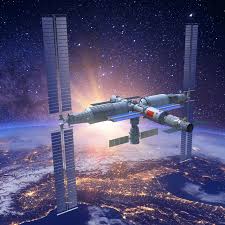
The Challenge of Sustaining Human Life in Space
For long-term space missions, sustaining human life is a major challenge. Astronauts require oxygen to breathe and fuel for propulsion, but these essentials currently have to be transported from Earth, which is costly and impractical for deep-space missions.
In the International Space Station (ISS) and other crewed missions, oxygen is typically generated using electrolysis, a process that splits water into oxygen and hydrogen using electricity. However, water itself is a precious resource in space. Fuel, on the other hand, is even more challenging, as spacecraft must carry large amounts of it for propulsion, making interplanetary travel inefficient.
This is where artificial photosynthesis comes in—a revolutionary approach to producing oxygen and fuel using only sunlight, carbon dioxide, and water.
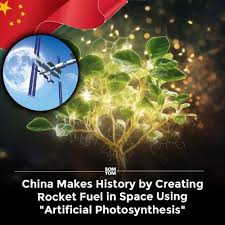
How Artificial Photosynthesis Works in Space
Artificial photosynthesis is a technology that mimics the natural process plants use to convert sunlight into energy. Instead of relying on biological mechanisms, scientists use specialized semiconductor catalysts to drive chemical reactions.
China’s Tiangong space station has now become the first spacecraft to demonstrate this technology in orbit. The Shenzhou-19 astronauts conducted an experiment where they successfully converted:
- Carbon dioxide (CO₂) and water (H₂O) into oxygen (O₂), creating breathable air for astronauts.
- Hydrogen (H₂) and carbon-based compounds, which can be used as key ingredients for producing rocket fuel.
This experiment proves that a spacecraft can generate its own life-supporting oxygen and produce the raw materials for fuel without relying on Earth—a major leap forward for human spaceflight.
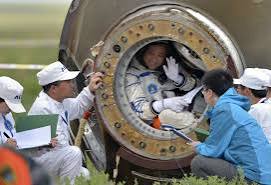
Why This Discovery is a Game-Changer for Space Exploration
1. Self-Sustaining Space Missions
Artificial photosynthesis could make space missions entirely self-sufficient, reducing the need for frequent resupply missions from Earth. This is particularly important for missions to the Moon, Mars, and beyond, where supply chains would be impractical.
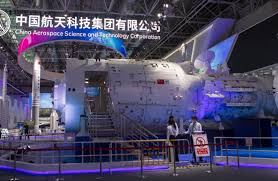
2. A Step Toward Lunar and Martian Colonies
China has ambitious plans to land astronauts on the Moon before 2030 and establish a permanent lunar base. The ability to generate oxygen and fuel on-site would significantly improve mission feasibility. Eventually, the same technology could be adapted for use on Mars, helping to establish a long-term human presence on the Red Planet.
3. Reduced Costs and More Efficient Space Travel
Rocket launches are extremely expensive because they must carry all necessary fuel and supplies. By generating fuel in space, spacecraft could refuel at orbital stations or planetary bases instead of carrying massive fuel reserves from Earth. This could lead to a future where interplanetary travel is much more cost-effective.
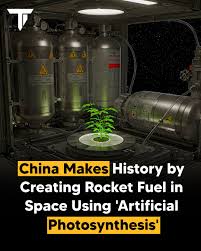
4. A Step Toward Space-Based Energy Production
If artificial photosynthesis can be further refined, it could contribute to space-based energy production, potentially allowing future space missions to generate their own power more efficiently. This could be a stepping stone toward solar-powered fuel production on the Moon or Mars.

China’s Growing Influence in Space Exploration
China has been making rapid advancements in space technology over the past decade. The Tiangong space station, which serves as a rival to the International Space Station (ISS), has already demonstrated China’s ability to maintain a permanent human presence in space.
This latest breakthrough in artificial photosynthesis reinforces China’s position as a leader in space innovation. While NASA and other space agencies are also researching similar technologies, China’s successful in-orbit demonstration puts it one step ahead in the race toward sustainable space travel.

What’s Next? The Future of Space-Based Photosynthesis
While this experiment marks an exciting milestone, there’s still work to be done before artificial photosynthesis can become a fully operational system for long-term missions. Scientists need to:
- Increase efficiency – The technology must be optimized to generate larger quantities of oxygen and fuel.
- Ensure long-term stability – The system must function for years without requiring constant maintenance.
- Adapt it for planetary surfaces – Future versions could be used in lunar bases or Martian habitats, providing an unlimited supply of oxygen and fuel for astronauts.
Final Thoughts: A New Era of Space Exploration
China’s successful demonstration of artificial photosynthesis in space marks the beginning of a new era in human space exploration. By developing technology that enables astronauts to generate their own oxygen and fuel, we are moving closer to self-sustaining space missions and permanent human settlements on other planets.
As China continues to push the boundaries of space science, the dream of interplanetary travel is becoming more realistic than ever before. Could this technology be the key to colonizing the Moon and Mars? Time will tell—but one thing is certain: the future of space travel just got a lot more exciting.
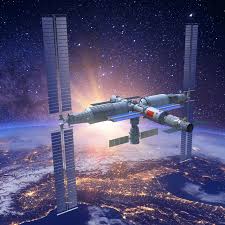
What do you think?
Do you believe artificial photosynthesis will be a crucial technology for deep-space missions? Share your thoughts in the comments!
